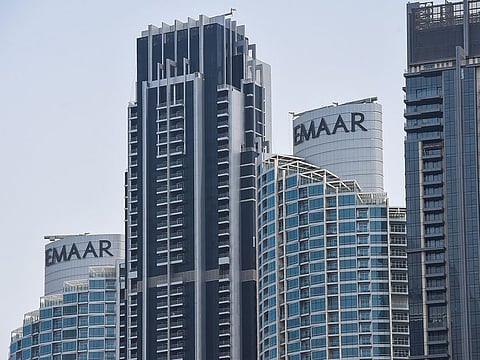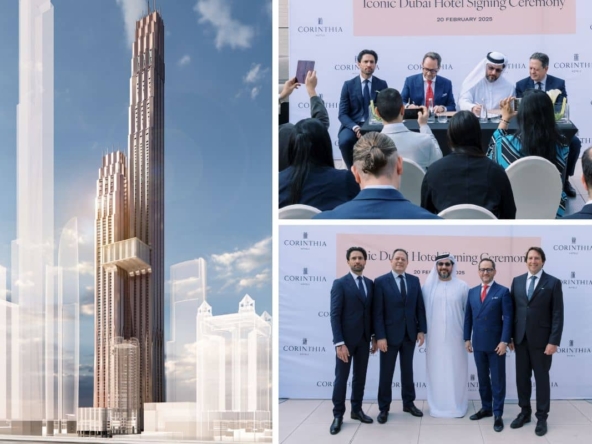Record results and dividends have added to Dubai developer’s luster
Emaar Properties: A Market Leader with Unwavering Growth
It is now widely acknowledged that Emaar Properties holds a dominant position in the UAE real estate sector, backed by remarkable earnings growth, a substantial sales backlog, and exceptional project execution.
Additionally, the premium pricing of its communities and the soaring demand in the secondary market have driven asset values to extraordinary levels.
This success is clearly mirrored in Emaar’s stock performance, which has surged by 86% over the past year and an impressive 325% over the last five years—outperforming returns from direct property investments.
Unlike entities such as Salik or Parkin, analysts have been spot on with their assessments of Emaar, with most issuing strong recommendations at present levels. Target prices range between Dh15.75 and Dh17, primarily influenced by Dubai’s robust real estate market and Emaar’s established reputation as a blue-chip brand and a market bellwether.
However, what often goes unmentioned is the cyclical nature of the real estate industry. The UAE market has experienced downturns before, including in 2008, 2014, and during the pandemic.
Will Growth Sustain or Is a Correction on the Horizon?
The critical question remains—will this rapid growth trajectory persist, or is a market correction inevitable? Based on valuation metrics, there are no clear indications that Emaar is trading at inflated levels, particularly when compared to similar firms in developed markets. Yet, history has shown that market downturns have occurred despite favorable valuations, often leading to major upheavals.
Shifting Analyst Sentiments
Historically, analysts have demonstrated a tendency to revise their stances after significant stock declines, often turning pessimistic only after substantial losses have already occurred. This pattern has been evident in past market cycles, where financial experts have struggled to predict downturns in real time.
Market trends often hinge on macroeconomic factors, including persistently high inflation, increased cost pressures that could impact profit margins, sustained high interest rates, trade tensions that may intensify financial stress, and investor sentiment that currently favors off-plan sales at nearly double the price of ready properties.
Adding to this is the current supply pipeline, which some analysts now downplay—despite concerns about housing availability just a few years ago in 2020. For long-term investors, the traditional buy-and-hold strategy remains an option, but it has often struggled in emerging markets where market information is not as seamlessly disseminated.
The Reality of Market Cycles
Even with growing market depth and a surge of new investors, the reality remains that no market is immune to corrections. When valuations rise significantly, they must eventually align with economic fundamentals.
While some market forces, such as value investing and liquidity adjustments, help maintain equilibrium, others do not. In the current climate—where real estate, stocks, gold, and alternative assets are at record highs—capital remains abundant, ensuring steady earnings.
However, this phase of the market cycle often carries the most risk. Whether we are at such a turning point remains to be seen, but investors may soon find their patience tested. A market correction may not be immediate, but it appears increasingly likely in the near future.



